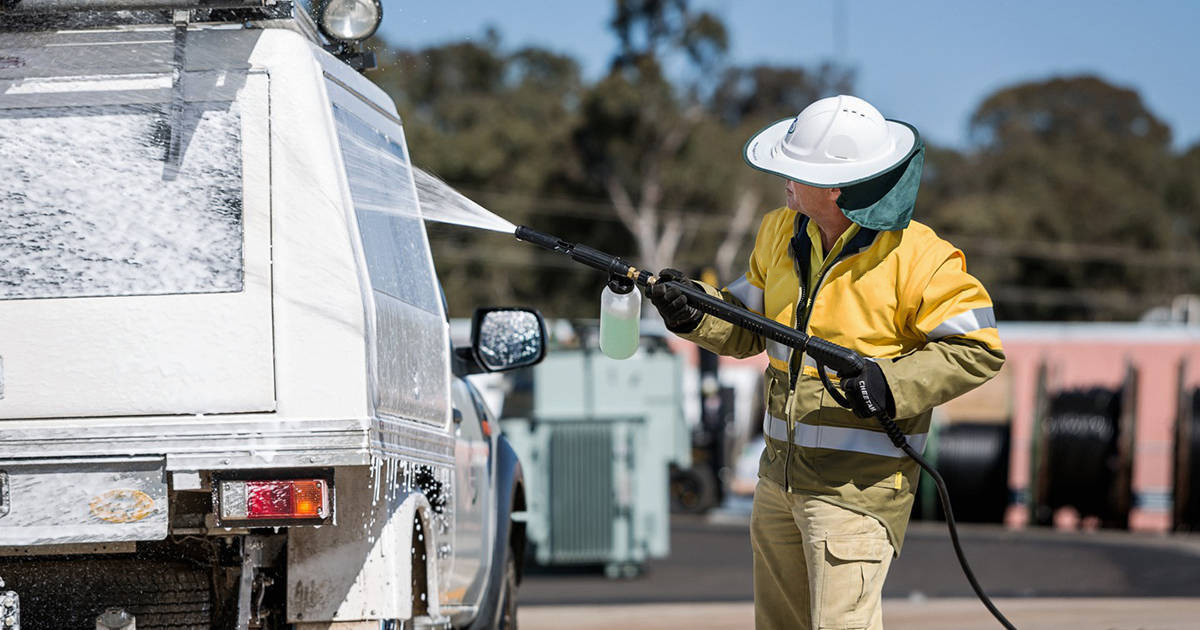Biosecurity
We are committed to managing our obligations under the Biosecurity Act 2014 (the Act) and the biosecurity risk that our network activities may pose to primary producers and other stakeholders.
To meet our obligations under the Act, we have a range of measures integrated into our normal work procedures to help to preserve our biodiversity, protecting our economy, environment and the community.
Clean down protocol
We have developed a risk-based clean down protocol for vehicles and equipment when we inspect and maintain powerlines on private properties. The protocol was developed in consultation with Biosecurity Queensland, AgForce, and Meat and Livestock Australia to ensure our employees and contractors meet these biosecurity obligations.
High biosecurity risk areas will require more controls than medium and low risk areas. For example, a quarantined ginger farm (high risk area) will have more controls than a general grazing property with known weeds (medium risk) and a general grazing property with no known weeds with an on-farm biosecurity plan (low risk).
As part of our biosecurity commitments we will:
- Carry out clean down procedures regularly and routinely and always after being in infestations
- Report outbreaks immediately
- Observe Government Quarantine signs
- Not knowingly spread weeds, pests or disease
- Request landholder assistance for planned work
- Be able to identify problem weeds.
Land access protocol
We also have a Land Access Protocol which details the commitments our employees and contractors will adhere to when accessing land for new project works, planned maintenance, and vegetation management.
The Guiding Principles for Land Access include:
- Communication and consultation
- Use of land
- Use of roads and tracks on a landholder’s property
- Managing fences, gates and grids
- Biosecurity and weed management
- Fire – managing risks, safety and protection of assets
- Safe use of public roads and access tracks
- Damage to property and remedial action
- Confidentiality.

